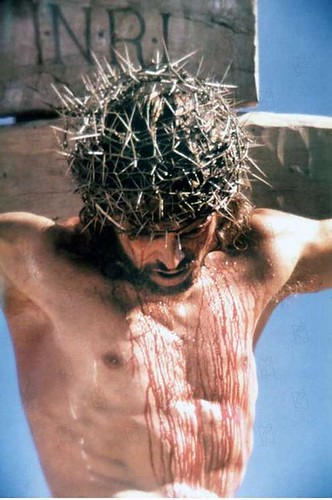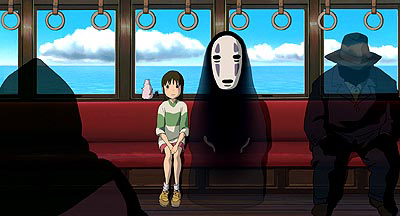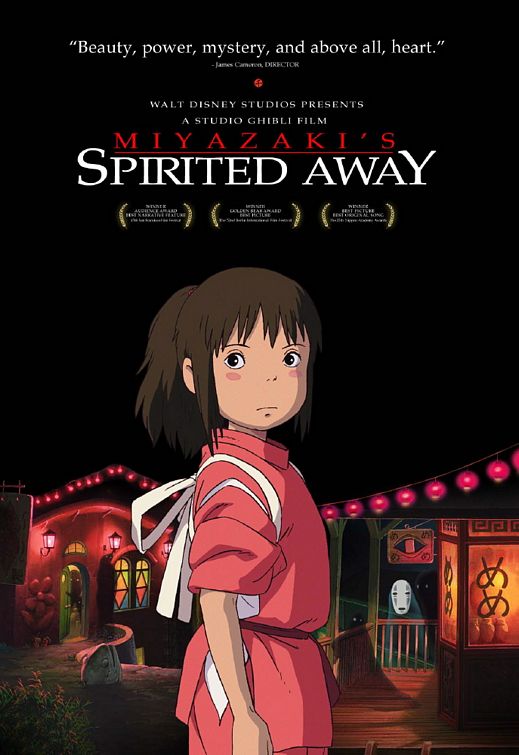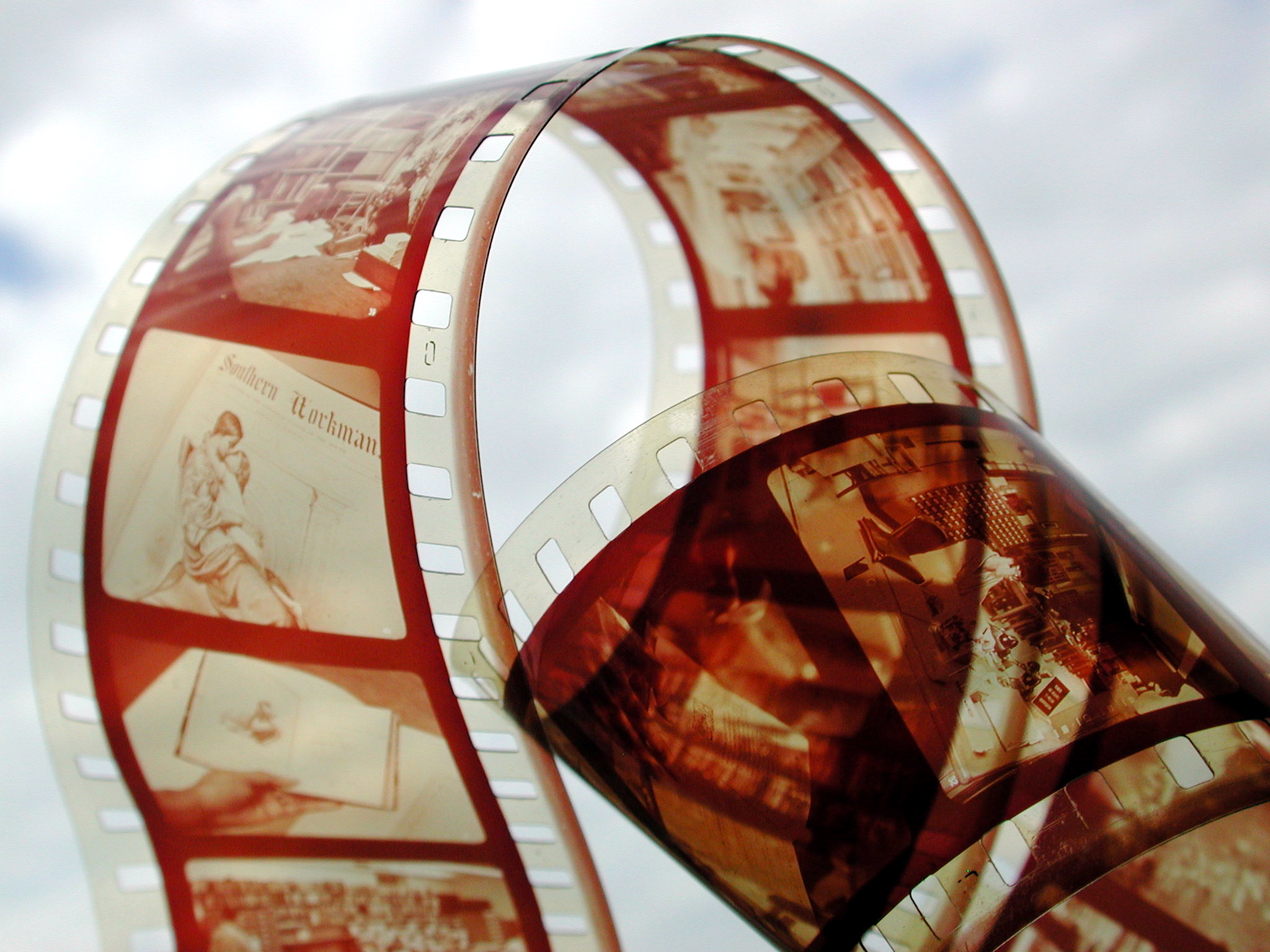Born and raised in the Eastern Orthodox Christian faith, I've been surrounded by images of Jesus of Nazareth the entirety of my life. As I've grown older, my perspectives on institutionalized faith (i.e. religion) have changed somewhat - spiritual fulfillment no longer constitutes being a blind follower, but a critical thinker continually re-evaluating the world we live in. With that said though, I cannot deny that there is a reverence I have for the story of Jesus. Real or fictional, the story of Jesus is one of self-sacrifice for a higher purpose and, more importantly, one of love. This leads me into some very delicate subject matter: the portrayal of Jesus in film. The line between humanizing "God's only begotten Son" and upholding Him as a model of spiritual perfection is a difficult line to walk, and so I've decided to write a double-review. I'll be addressing each perspective with a different cinematic work: Martin Scorsese's seminal humanization of Jesus,
The Last Temptation of Christ, and Mel Gibson's bloody Aramaic juggernaut,
The Passion of the Christ.
 The Last Temptation of Christ
The Last Temptation of Christ, based on the controversial novel by Greek author and philosopher Nikos Kazantzakis, depicts Jesus as a being firmly rooted in His mortality and what it is to be human. He struggles with His spirituality. He lusts after women. He is angered and acts on His anger. Ultimately, what this film presents is a relatable incarnation of the Messiah - the "Lamb of the World" has the wants and needs of a man, yet He must learn to contain them. The point at which this film acutely severs ties with the traditional portrayal of Jesus lies in the crucifixion of God’s Son. Instead of perishing on the cross, Jesus is visited by an angel, supposedly sent by His Heavenly Father. For those of us who’ve been exposed to the story of Jesus, this scene proves somewhat unnerving – for Christians, salvation arises from the crucifixion and resurrection of Christ, and the words of this angel do not coalesce with this sentiment. Below, an excerpt of her dialogue:
“Your father is the God of Mercy, not punishment. He saw you and said, 'Aren't you his Guardian Angel? Well, go down and save him. He's suffered enough.' Remember when he told Abraham to sacrifice his son? Just as Abraham lifted his knife, God saved Isaac. If he saved Abraham's son, don't you think he'd want to save his own? He tested you, and he's pleased. He doesn't want your blood. He said, ‘Let him die in a dream. But let him have his life.’”

The angel allows Jesus to descend from the cross and carry on with His life. He is able to marry Mary Magdalene, and they consummate their love in a scene that I can only assume rattled numerous Christian sects. She is soon heavy with child. Unfortunately, Mary passes away (albeit peacefully) while pregnant, and Jesus is left to grapple with her demise and the reasoning behind God's decision to take her life - to which, the angel retorts:
"Only one woman exists in the world, one woman with many faces. This one falls, the next one gets up. Mary Magdalene died, Mary, Lazarus' sister lives. She's Magdalene with a different face. She's carrying your greatest joy inside her. Your son."
Yes, I know. This story is deliciously twisted. And it only gets better.
Following the angel's advice, Jesus pursues Lazarus' sister, Mary, and they soon have a family. Jesus also has multiple children with Martha - the sister of Mary and Lazarus. Jesus leads the life of an ordinary man. He is content. Years pass, and we witness an encounter between Jesus and Paul - one of His most trusted disciples - in a marketplace. Paul is preaching the resurrection of Jesus, and the subsequent salvation that can be attained through faith in Him and in God - blatant lies, as know Jesus did not meet His end on the cross. Jesus is enraged and condemns Paul's fabrications, to which Paul responds:
"Look around you! Look at these people. Do you see the suffering and unhappiness in this world? Their only hope is the Resurrected Jesus. I don't care whether you're Jesus or not. The Resurrected Jesus will save the world -- that's what matters . . . I created the truth. I make it out of longing and faith. I don't struggle to find truth -- I build it. If it's necessary to crucify you to save the world, then I'll crucify you. And I'll resurrect you too, whether you like it or not."
By this point, I wasn't quite sure where the film was going. Thankfully, I was soon to have all of my horribly misconceived notions blown out of the water. I hate those "Spoiler Alert" disclaimers, but you won't quite appreciate the message this film has to offer unless you experience its ending first hand. If you've never seen it, do yourself a favor and skip the next several paragraphs.
Years continue to pass, and soon we reach the expected end of Jesus' life. We see Jesus as He quietly lies on his deathbed - Mary and Martha keeping vigil over His aged body. Jesus' disciples enter, coming to pay their master from all those years ago their last respects. Judas enters, and the entire story we have hereto seen is put into focus. Judas censures Jesus' actions and the life He has chosen with the following sentiments:
"Traitor. Your place was on the cross. That's where God put you. But when death got too close you ran away, you got scared and ran away and hid yourself in the life of some... man . . . What business do you have here? With women, with children... what's good for a man isn't good enough for God. Why weren't you crucified? . . . If you die this way, you die like a man. If you die like that, you deny God. Your Father. Then there's no sacrifice. Then there's no salvation."
Upon this revelation, Jesus can finally see His "Guardian Angel" for her true self - the Devil, and He had unknowingly succumbed to her "last temptation." As Jesus musters His final remnants of strength, He leaves His home and begs for God's forgiveness, for the opportunity to forsake His life as a man and die on the cross. As He makes this final plea, we see that Jerusalem is burning.

The final scene of this film returns us to the cross. We see a relieved Jesus gaze into the heavens, uttering the words: "It is accomplished!"
Fade to black.
RESUME READING HERE:
With my intensive plot summary completed, let me simply state that I love this movie. I value the inventiveness of it, how it completely re-imagined the tried-and-true story of Jesus. For me, Jesus is the protagonist of a very important book: The Bible. In this film, I was able to appreciate the characterization of Jesus as an imperfect being. Perfection is boring and makes for a lousy read (or lousy viewing). In our literature, we uphold the humanity of our characters - their faults make them real, and their ability to rise above these faults makes them immortal.
I've spent more than enough time discussing this film - bottom line: go see it.
On a very different note, I must now discuss the cinematic counterpart of
The Last Temptation of Christ -
The Passion of the Christ. While this film does have its more beautiful moments - the early scenes in which Jesus grapples with the fate that looms before Him are particularly effective - the vast majority of its running time is devoted to the brutal beating of Jesus in His final hours. Jesus is bludgeoned to a bloody pulp for good portions of the film to continually remind viewers of the price that was exacted for salvation. My one true problem with this film is that it does not nearly enough remind its audience of Jesus' humanity - it does slightly touch on this with flashbacks of Jesus and His mother, but overall the film fails to convey the tenderness and benevolence that was Jesus' life. If only Jesus were more fully realized as a character - as opposed to the religious ideal that has been imprinted on many of us - then there would be greater meaning instilled within His "passion," His suffering. If the Jesus from
The Last Temptation of Christ were to endure the brutality endured by the Jesus in Mel Gibson's film, then the pain would resonate more deeply within me, each crack of the whip proving more painful to watch than the last. By the end of the film, I had forgotten that it was a man enduring the beating - Jesus had been reduced to a walking bloody zombie whose pain I was indeed far-removed from.

Jesus of Nazareth: myth, man, or God? Far be it from me to try and tell you. What I can state, however, is that I look to be engaged by films . . . not preached at by them. Real characters - human beings with vices and the will to overcome them - are simply more interesting.
And, quite bluntly, that is all I have to say on the matter.









.jpg)









